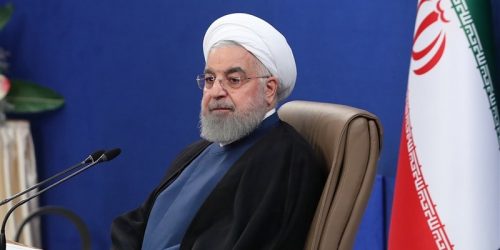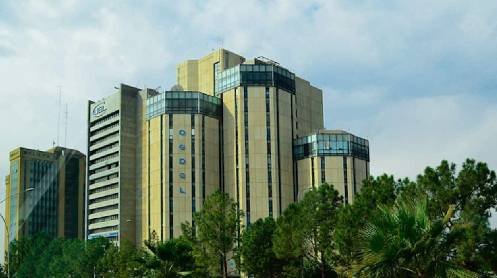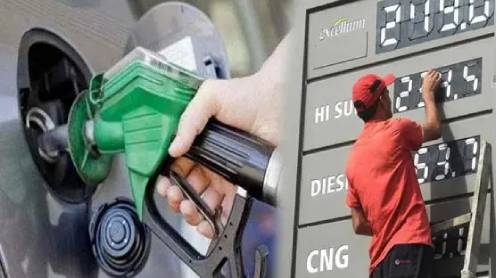To appreciate the significance of a nuclear deal revival for Iran, one need only cast a cursory glance at the grave economic, foreign-policy, security, and environmental crises plaguing the country today. Without a functioning deal that keeps U.S. sanctions lifted, if only for a few years, no Iranian government can hope to adequately respond to most—if not all—of these challenges.
Consider first Iranian President Ebrahim Raisi’s ambitious economic promises. They include constructing 1 million housing units per year; taming runaway inflation, which he has described as his government’s “redline”; resolving “once and for all” the financial woes of Iran’s teachers; neutralizing the impact of currency volatility on the lives of ordinary Iranians; creating 1 million new jobs; and tackling power outages. Even a partial fulfilment of these ambitious goals will prove highly unlikely so long as the full force of U.S. sanctions continues to choke the economy, despite the Raisi administration’s questionable rhetoric that a “Look to the East” policy alone can act as a countermeasure against U.S. sanctions and hegemony, and that economic prosperity can be decoupled from the nuclear talks.
To be sure, sanctions relief alone is not the panacea for all of Iran’s economic woes. There are also other barriers to its economic growth and the normalization of trade relations with the rest of the world. Nor can sanctions singlehandedly bring about the total collapse of the economy. The country has in recent years shown itself able, ultimately, to withstand sanctions. But sanctions do serve as a key bottleneck in Iran’s economic development, ensuring that the country is continuously kept in survival mode, thereby denying it access to capital, trade, and investment. For ordinary Iranians, this means higher inflation rates and subsequent dips in their purchasing power, and of course unemployment, factors that also hasten the migration of valuable human resources from the country. Already, the same teachers whose financial woes Raisi had promised to resolve “once and for all” have staged protests in various cities.
But the destructive impact of sanctions is not limited to the pauperization of the Iranian masses. It extends to other areas such as the country’s environmental degradation and its energy sector. Though not the root cause of the problem, sanctions have in recent years intensified the degradation of Iran’s environment by continuously diverting capital, technology, know-how, and political will away from issues such as environmental protection and the sustainable development of the country’s power and energy sectors. As a result, Iran is today one of the largest emitters of fossil-fuel carbon dioxide worldwide and has also been flagged by international organizations as a high-risk area for violent conflicts triggered by water scarcity. This past summer, the country saw widespread electricity blackouts. As a result, protests related to water shortages and power outages are now a political reality in Iran.





